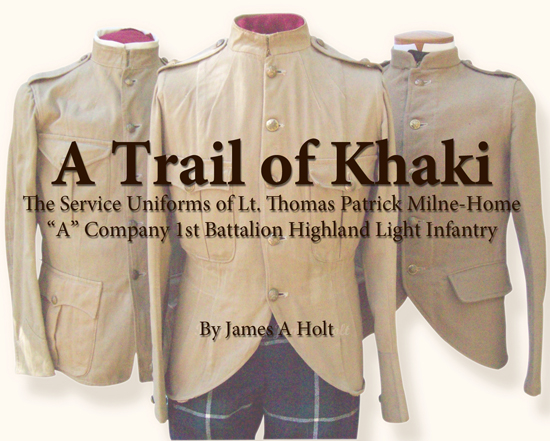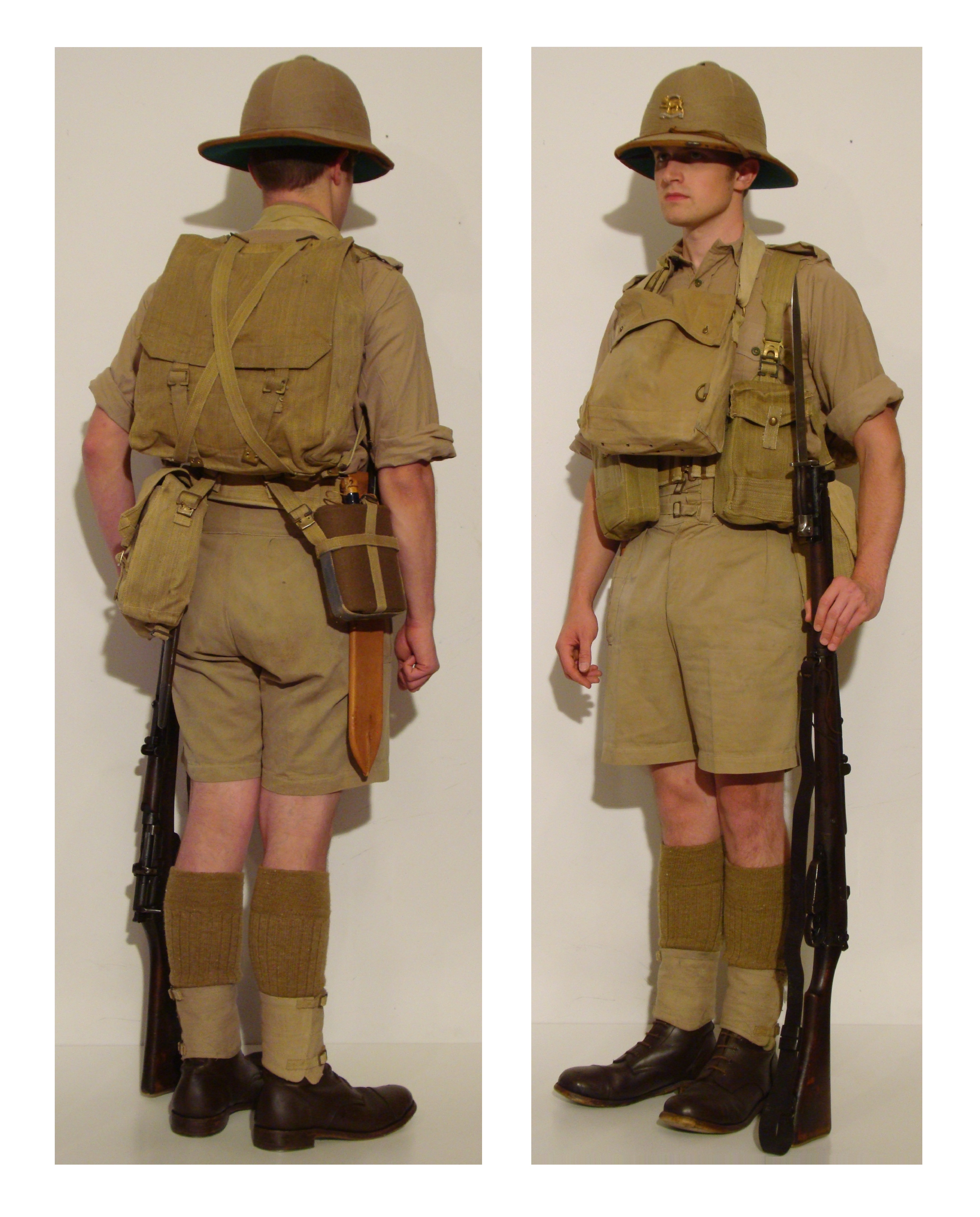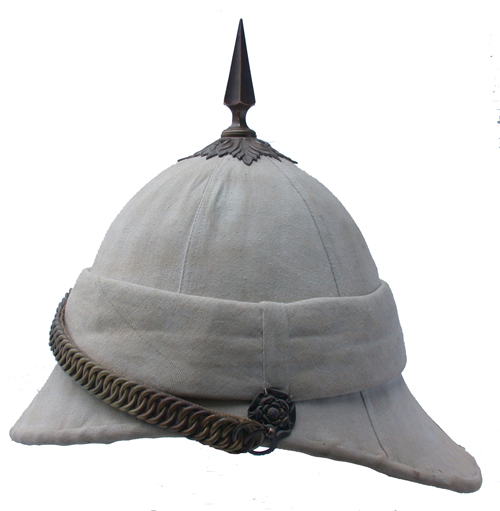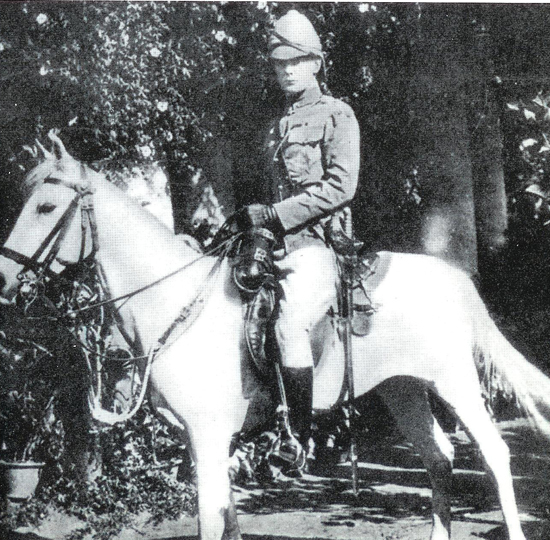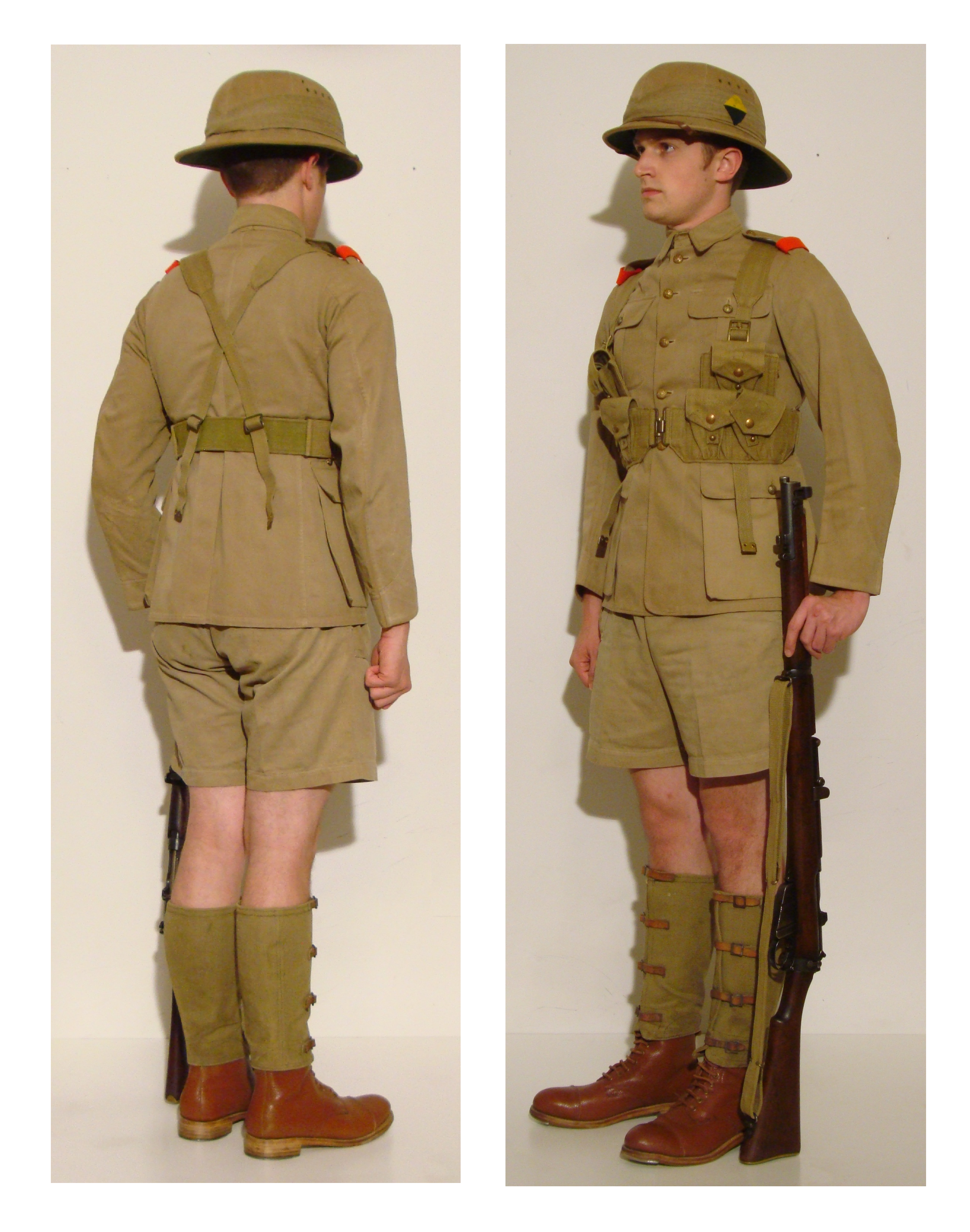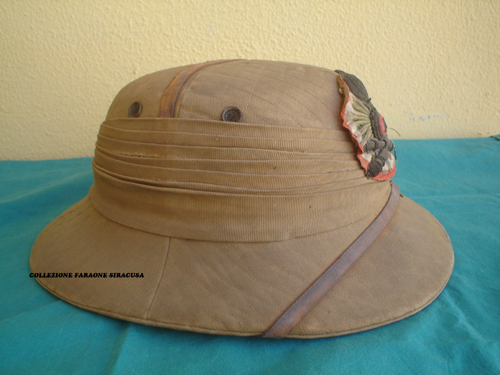Thomas Patrick Milne-Home
Born: 1875
Died: 1956
Commissioned: 1st Battalion Highland Light Infantry 6 March 1895
Lieutenant: 3 February 1898
Captain: 1 April 1901
Milne-Home saw service in Crete, 1898, and in the Anglo Boer War, 1899-1901, where he was present at the Battle of Magersfontein (11 December 1899), Retief’s Nek (23-24 July 1900), the skirmish at Wittpoort (14 August 1900), was wounded in action at Dewetsdorp (23 November 1900) and Court Martialed 29 January 1901 for “Shamefully delivering up a post.” Exonerated, reinstated, and promoted to Captain April 1901. Battalion strength upon Embarkation October 23 1899 was 1,111 all ranks. Continue reading

